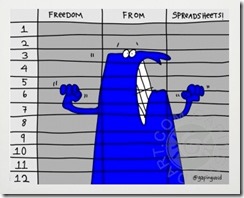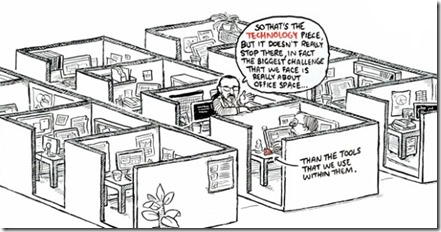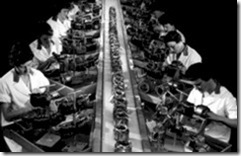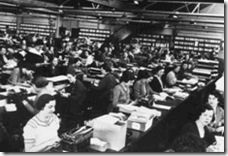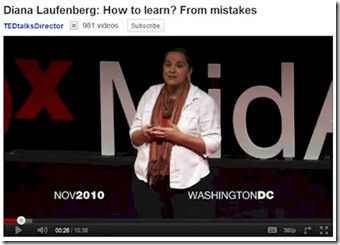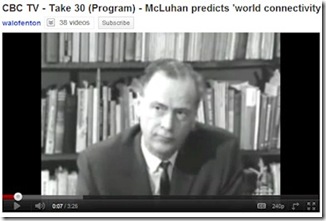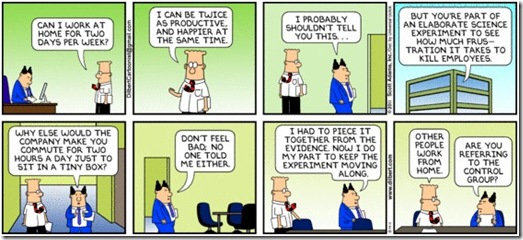“Outside the prison or military, it’s hard to conceive of a less free institution for adults than the average workplace.” – Clay Shirky
“The real source of wealth and capital in this new era is not material things…it is the human mind, the human spirit, the human imagination, and our faith in the future.” -Steve Forbes
May Day, May Day! The good ship HMS Marxism is sinking fast. And one of the icebergs it has struck is the changing nature of work.
Marxism withers away on the political landscape as a now endangered species of economic theory clinging to existence in a few remote micro-climes. Many factors have contributed to its decline, but a big one is the shift to the digital revolution of the Information Age. The Social dialectic was a theory born of the Industrial Revolution which now, like the Manifesto, enters its twilight days.
In a certain way, Marx can declare a form of victory. Workers of the world now have more ownership of the ‘means of production’ than ever. The factory is now their brain. In the Industrial Age, humans possessed intelligent muscle. Machines could pound, melt and move, but you needed a human to manoeuvre, assemble and finish. Then, as the industrial complex grew ever larger, a legion of office work factories were built in countless suburban office parks to handles the complicated gears of paperwork and bureaucracy.
Today, computers, robotics and control systems have put human dexterity and knowledge worker factories on the inexorable path to obsolescence. Manual and organisational dexterity yields to analytical and social skills. The key jobs left of economic value are those things machines can’t do (yet): relate and create. Thus, the two enduring areas of work are those which leverage those skills. Customer relationships, service, management, leadership, entertainment, art all require ‘relating’. Analysis, problem solving, strategy, design, and art all require ‘creating’ (in ways that computers have not yet mastered).
Just because exploitative Capitalists have not yet figured out way of detaching the human brain from workers, it doesn’t mean that clever Fat Cats aren’t able to find other ways to dispossess the labour force essential asset. Misinformation, underinvestment in training and contrived work practice all serve to corral the workers most valuable tool.
For those of revolutionary spirit wishing to exploit May Day as the traditional celebration of worker progress, the banners today should read ‘More Investment in Education’ and ‘Down With Media Propaganda.’ Anything that enriches the minds of workers enhances their utility, competitiveness, value and ultimately their quality of life. Anything that deludes, misinforms or otherwise weakens the minds of the labour force becomes the new means of exploitation and subjugation. The Fat Cats may not be able to literally ‘own’ your brain in a financial sense, but they can ‘own’ it in a figurative sense if they have deceived, manipulated or brainwashed it.
Dynamic Work – flexibility of time, location and contract – is the new clarion call for the legions of labor seeking a better work life.
